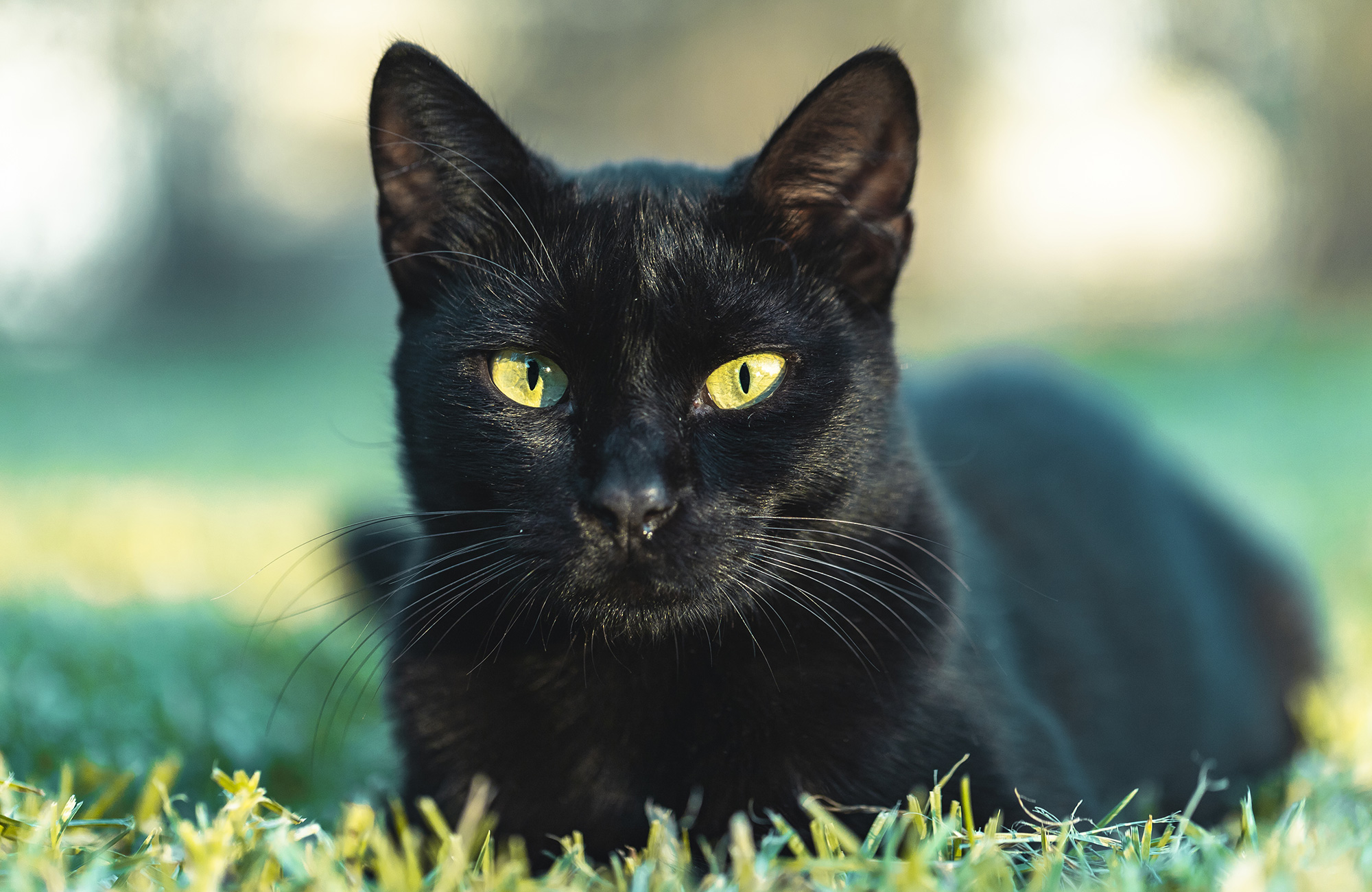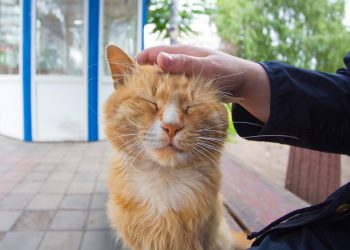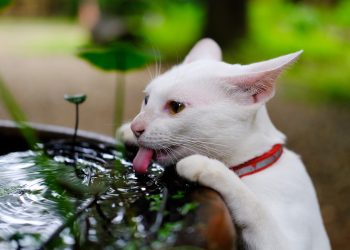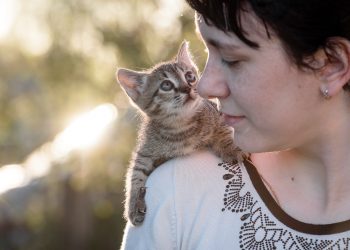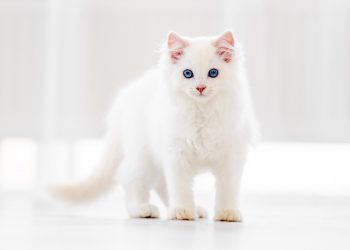Black cats, with their sleek fur and mysterious aura, have always been a subject of fascination and superstition. But beyond the myths, how long do these feline enigmas typically live, and what sets them apart from their colorful counterparts?
Lifespan and Health of Black Cats:
The average lifespan of domestic cats, irrespective of their color, hovers around 15 years. However, with optimal care, a nutritious diet, and regular veterinary visits, some cats can even celebrate their 20th birthday or beyond. It’s crucial to understand that a cat’s longevity isn’t determined by its coat color. Whether it’s a jet-black, snowy white, or a vibrant tabby, the primary factors influencing lifespan are genetics, care, and overall health.

Myths and Superstitions:
Historically, black cats have often been linked to various superstitions. In some cultures, they’re considered good luck, while in others, they’re associated with witches and bad omens, especially around Halloween. However, these age-old tales and beliefs don’t reflect the true nature of black cats, which can be as affectionate, playful, and spirited as any other cat.

The Distinctiveness of Black and White Cats:
Black and white cats, often dubbed “tuxedo” cats due to their unique patterns resembling formal wear, aren’t particularly rare but are undoubtedly striking. These patterns arise from the “white-spotting gene.” While their coat might be special, these cats can belong to various breeds, encompassing both longhaired and shorthaired varieties.

Personality and Behavior:
While many black and white cat owners swear by their pet’s distinctive personality traits, claiming they’re notably friendly, intelligent, and active, it’s essential to remember that individual personalities in cats are shaped more by genetics and upbringing than mere coat color.

Diet, Care, and Longevity:
The key to a cat’s longevity, regardless of its color, lies in its care. A balanced diet, enriched with essential nutrients, regular exercise, and routine veterinary check-ups, ensures the cat remains in peak health. For cats with specific health challenges, specialized diets, like those provided by brands such as Hill’s, might be necessary.
Black cats, with their rich history and captivating appearance, are as loving and loyal as any other feline. Their lifespan, like all cats, is primarily influenced by the quality of care they receive. By understanding and debunking the myths surrounding them and providing them with the best care, we can ensure our black feline friends lead a long, healthy, and contented life.

Next on your reading list:
